As you know, fashion is cyclical, and this is also true in relation to interior design. Today, shelves for the kitchen are gaining popularity again. However, this decor element has returned in a new guise, or rather, diversity. Manufacturers offer products of various shapes, sizes and styles. It remains only to choose the right one.
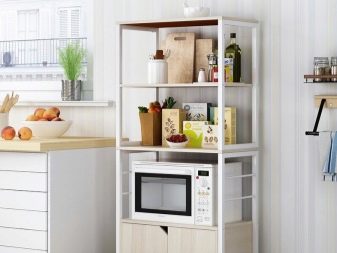
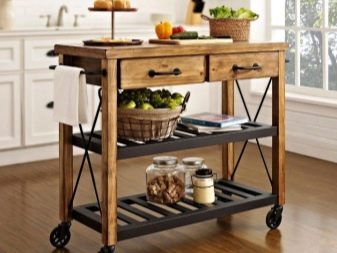
What is it and why are they needed?
A bookcase is a type of furniture designed to store food, dishes, vegetables and other kitchen utensils. The shelves do not have doors or walls. They are a structure consisting of several shelves located one above the other (floors) and connected by racks.
The shelves are characterized by functionality and spaciousness, but they do not take up much space and do not visually clutter up the room.
Due to the lack of walls and ergonomics, whatnots can also be used for zoning the room, for example, separating the kitchen area from the dining room, the dining room from the living room.
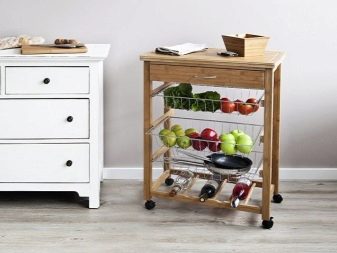
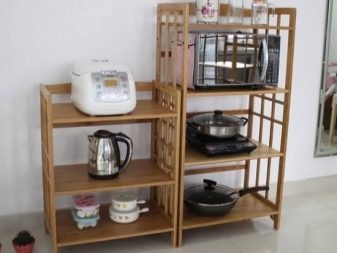
Shelves are recommended in interiors where in a limited space functionality should be provided. However, even in spacious kitchens, this piece of furniture will take its rightful place, becoming the final touch of the interior.
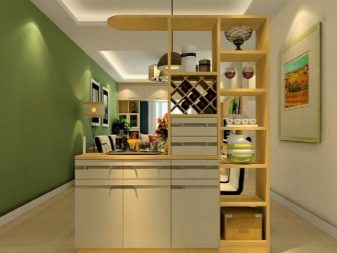
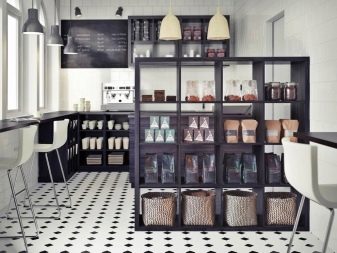
Advantages and disadvantages
The advantage of the whatnot is its mobility - on sale you can find models of various sizes. Even the smallest section of the kitchen can be turned into a useful one, choosing a suitable whatnot.
Due to the absence of walls of the whatnot does not take up much space. Moreover, it is very functional: many shelves allow you to place household appliances, dishes on them.You can store both single large items (for example, place them on a microwave shelf), and many small ones, by placing them in special boxes.
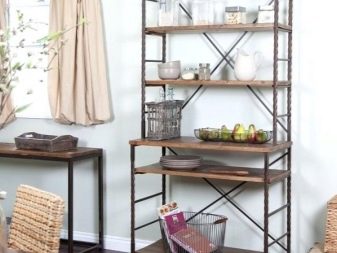
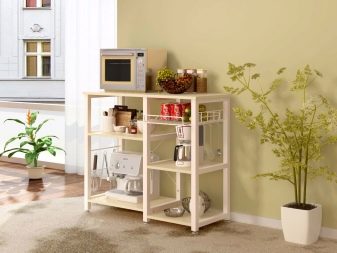
Thanks to the open design of the whatnot does not clutter up the room, and some models, such as glass, even visually increase the area of the kitchen. The shelves do not interfere with the penetration of light into the room and allow you to visually zone the kitchen.
A significant drawback of such furniture is rapid contamination of shelves and items stored on them. It is understandable, because the shelves are not protected by anything, therefore dust quickly settles on them, water stains, splashes of grease get in.
Considering that there are usually quite a lot of items on shelves, cleaning requires a significant expenditure of time and effort.


Types of designs
A bookcase can be square, rectangular or oval. In small rooms rational use of angular structures that do not “eat up” usable space and allow the functional use of angles. Square shelves are also considered comfortable and roomy. A narrow variety will also be a good solution for small spaces, corners, piers. Circle-shaped analogs require a lot of space.
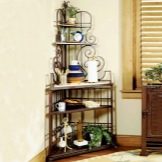
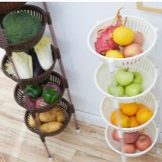

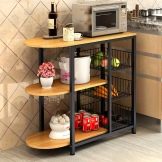
Different designs differ in types of mounting. Furniture can be screwed to the wall or floor. There are also small mobile models. They are equipped with transport wheels and often have a handle on the side for convenience.
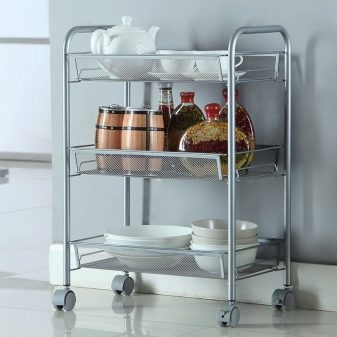
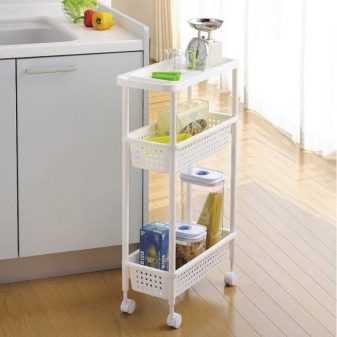
Some shelving models differ fixed position of shelves and baskets. But most modern designs suggest the variability of their location: the hostess herself chooses how many and at what distance the shelves of the whatnot will be.
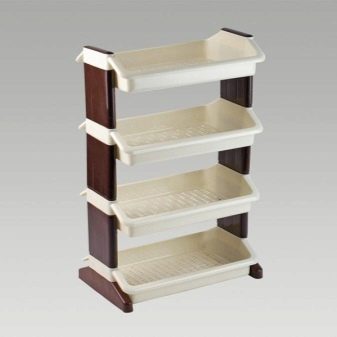

Large and roomy are usually floor or wall views. In any case, they stand on the floor with their legs, fixing themselves to it or the wall. Options for mounted shelves are common, however, due to the mounting method, the manufacturer is still limited in the choice of sizes and material (weight) for their manufacture. As a rule, mounted options are made on 2–4 shelves, and lightweight materials, up to decorative ropes, are used as supports.
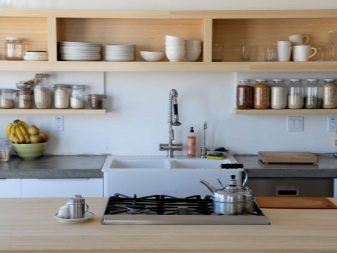
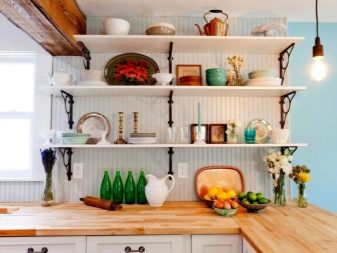
There are models that set themselves to the table and look like its continuation. As a rule, they are the same in height with the table or slightly exceed it. Finally, on sale you can find furniture installed on the kitchen table. Such a bookcase looks like a small slide without walls. It is convenient to hold sweets, a bread box, dishes on it.

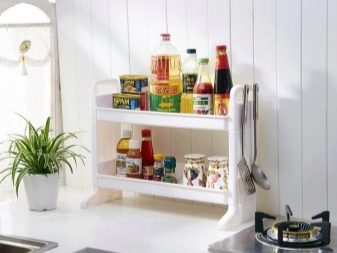
Depending on the design features, three types of whatnots can be distinguished.
With open shelves
Well-known design, mainly having 4 supports and the required number of shelves. Such whatnots they do not have side walls, everything exposed will be in sight, so you will have to carefully monitor the order. As a rule, such designs are used to a greater extent for decoration. Cans with cereals, beautiful boxes with different small things will be appropriate. Dried flowers, fruit vases will also perfectly complement open shelves and the kitchen as a whole.
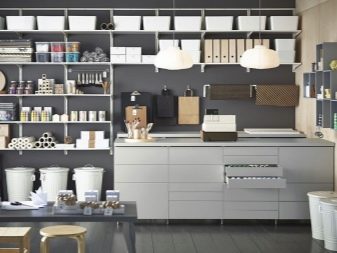

With drawers and baskets
These shelves are equipped with shelves with drawers or baskets. Only the top shelf of furniture can be used as open. Such designs do not make high, otherwise their use will be inconvenient, and such furniture will look massive. In principle, in this design you can store anything. For placement of products it is better to choose boxes with perforations or slots on the surface.
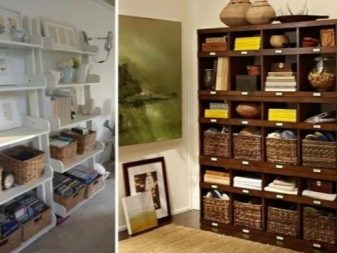
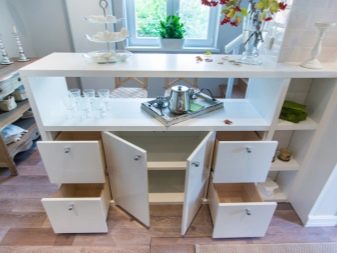
Combined
Such designs combine open shelves and drawers. The latter (for the stability of the shelves) are located in the lower part, and above them there are 2-3 rows of open shelves. Since the boxes are located below, they have to bend over, so it’s logical to put in them those items that you rarely use.
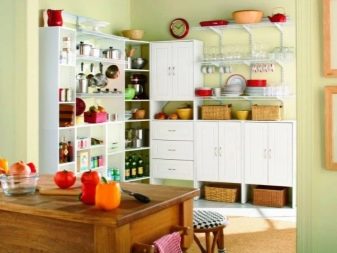
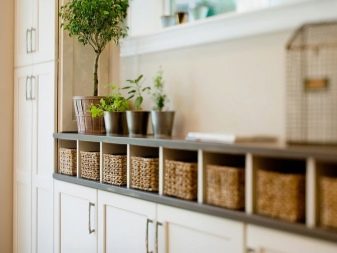
Materials of manufacture
Shelves can be made of different materials.
Wood
Wood is environmentally friendly (furniture does not cause allergies, does not emit toxins), style, harmonious appearance in almost any interior. Natural wood immediately creates in the room an atmosphere of special comfort, home warmth.
Particularly successful will be a wooden model in a rustic, classic, Scandinavian interior. Construction is reliable and durable, if necessary, you can update and slightly change the design of the product through the use of varnishes, stains, special coloring compounds on wood.
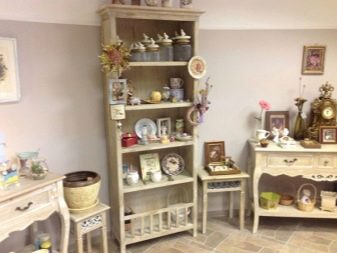
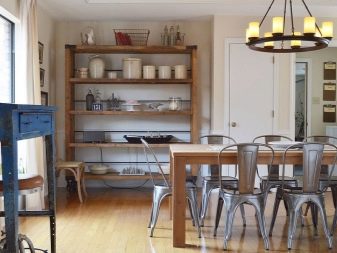
At the same time, wooden structures are unstable to moisture, high temperatures. The shelf must be varnished, it should not be placed near the sink and refrigerator (the latter can produce condensation), gas stoves, ovens. For long-term operation and preservation of the attractive appearance of the whatnot, periodically it will be necessary to restore: sand an old coat of varnish, apply a new one. Also among the "cons" - heavy weight, transportation difficulties.
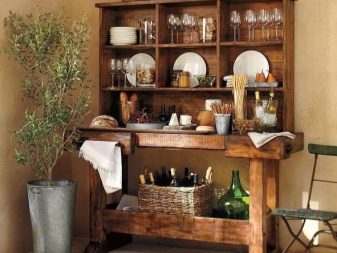
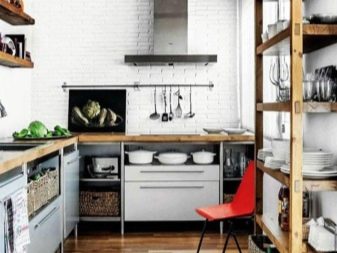
If stains get on the wood, it is important to remove them as soon as possible, so that they do not have time to eat into the material. For care aggressive detergents will not work, The best way to get rid of heavy pollution is soapy water. The washed whatnot should be immediately wiped dry.
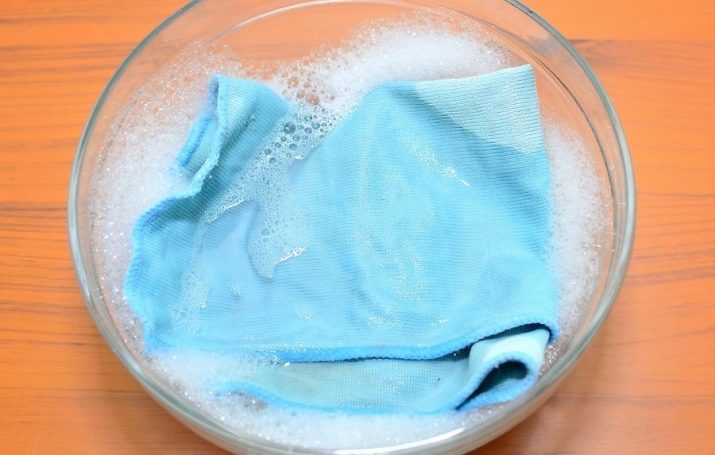
Particleboard, MDF
These composite materials are sometimes called cheaper "substitutes" for wood, but visually they do not look so respectable. However, it is a very popular furniture option. It is important to control what type of slabs the shelf is made of, since low grade raw materials may contain hazardous amounts of formaldehyde resins. Preference should be given to stoves whose quality meets European standards.
If you compare the safety of particleboard and MDF, the second will be less dangerous. The adhesive here is harmless lignin. However, the cost of products from MDF is significantly higher than the analogues from particleboard.
Since the kitchen is a place of high humidity, it is worth choosing furniture with a laminated coating.
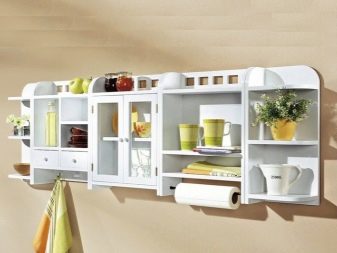

Metal
The metal is characterized by strength, durability, environmental friendliness. Choose should model stainless steel resistant to high humidity. Many varieties have mesh baskets, due to which the design is lightweight and generally looks quite light, does not clutter up the space. Metal shelves look especially good in high-tech interiors, minimalism. Analogs with forged elements successfully fit into classic designs.
Many metal shelves are heavy, therefore it is better to invite two people to rearrange the product, since it is recommended to lift the furniture above the floor, and not carry it.
Metal products are not the best option for a home with small children. It is recommended to choose whatnots without sharp corners and protruding elements: they are less traumatic.

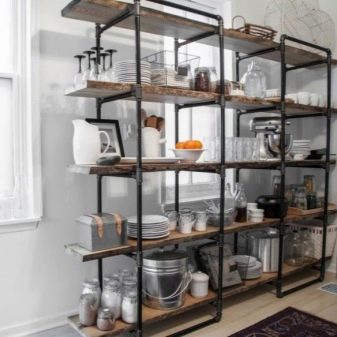
Plastic
Resistant to moisture, the material is easy to care for, affordability, many design options, low weight. It is better to choose a model with perforated baskets so that moisture does not accumulate in them. A plastic bookcase is appropriate in modern interiors, however, in general, the design does not differ in durability.
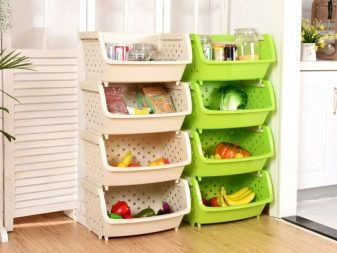
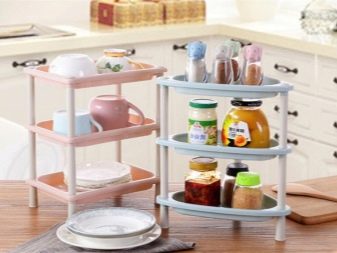
Glass
For the manufacture of whatnots tempered glass is used. It is characterized by increased strength and even if damaged, it will not crumble into a hundred small fragments. Glass shelves look stylish, allow you to visually expand the room. The material is not afraid of moisture, but splashes or stains become immediately noticeable, because of which it looks messy.
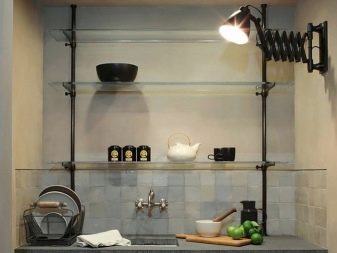
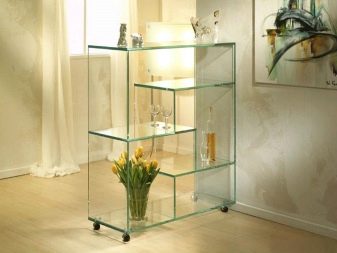
How to choose?
When choosing a whatnot, you should consider the features of the kitchens. For cramped spaces, light-colored designs should be chosen; glass models are also suitable. Furniture should be as lightweight as possible, do not have massive and wide elements.
As for the form of furniture, angular models are usually recommended for small kitchens. With a linear arrangement of furniture, you can consider installing a rectangular whatnot.
Moreover, if the layout allows, it is desirable to place the structure not along, but across the wall.
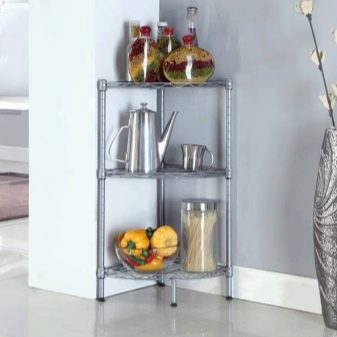

In interiors decorated in the spirit of minimalism or hi-tech, in a word, where straight lines and conciseness reign, square and rectangular models of whatnots will be successful.
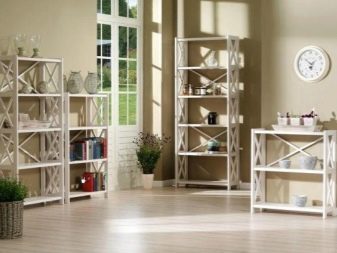
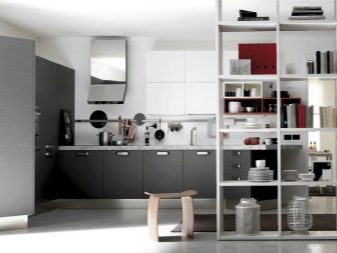
If the design is dominated by rounded lines, streamlined and smooth shapes, then you should choose for them whatnots of round and rectangular shapes.
Tall models should not only be functional, but also decorative elements of the interior. They occupy a significant part of the kitchen, so it is recommended to supplement the shelves with elegant dishes, trifles. For more practical use, low designs are suitable. The upper open shelf can be used for a microwave, while the lower closed drawers store everything you need.
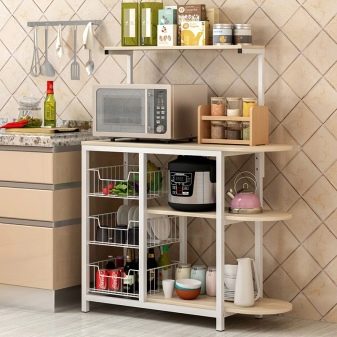
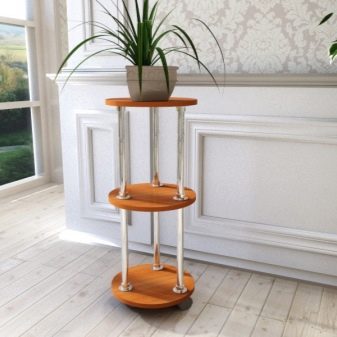
In addition to practicality, one should also take into account how much the bookcase fits into the overall design of the kitchen. For premises in the style of Provence, rustic and ethnic styles, wooden products are suitable. Design - from strict and concise to creative. However, it is better to maintain the “golden mean” - simple-shaped products with decor in the form of carved elements. For country and Provence, you should choose models that combine wood and forged parts.
So, a wooden shelf with metal supports will be successful.


Wooden models will fit well into the classic interior, while it is recommended to choose whatnots 1-2 tones darker than the shade of the main furniture. A luxurious and stylish element of the classic interior will be a bookcase with the effect of antiquity or a heavy forged model.
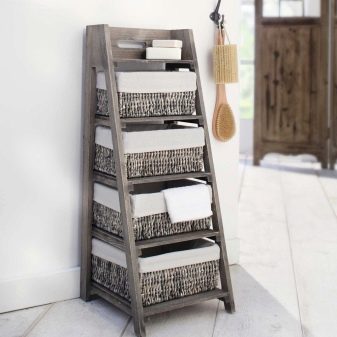
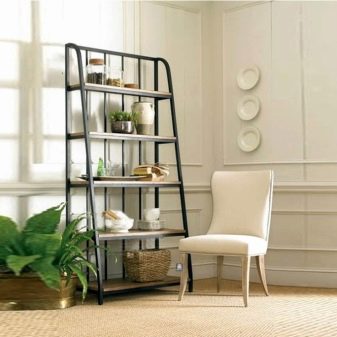
For light interiors, including country, usually also choose wooden or metal products with wicker baskets. They are especially well combined with rattan furniture and textiles made from natural materials.
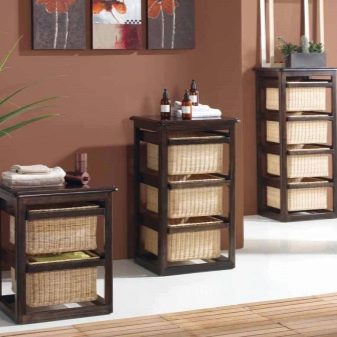
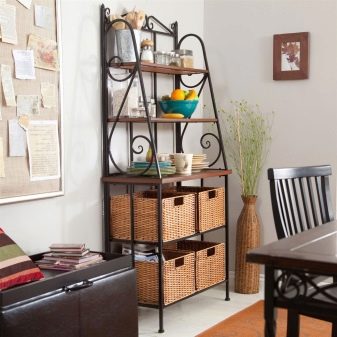
For kitchens in style modern with limited finances, you can use constructions from MDF and chipboard. Design and shade should be selected in tone and style of the main furniture in the kitchen (as accurately as possible). The goal here is not to draw attention to the whatnot, but to “push” it into the general view of the kitchen, use it only as a storage system. A possible option is plastic models, which also do not have bright, conspicuous details.
For techno-styles, high-tech shelves made of shiny metal with glass inserts are suitable. It is recommended to fill the design with modern household appliances, high-tech dishes.
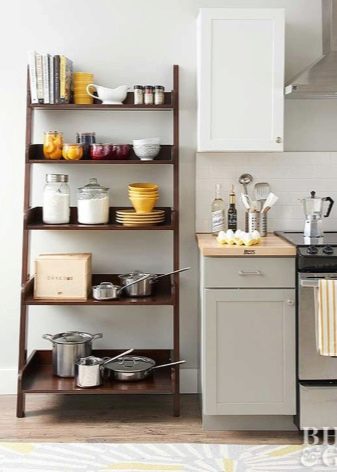
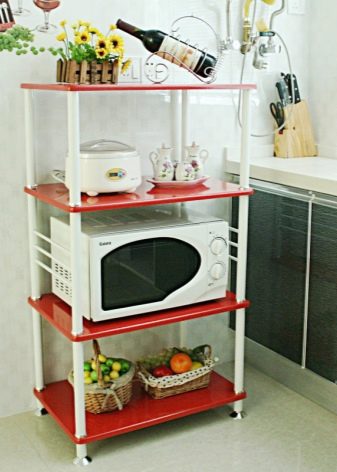
To learn how to make a wooden shelving in the Scandinavian style, see the video.










